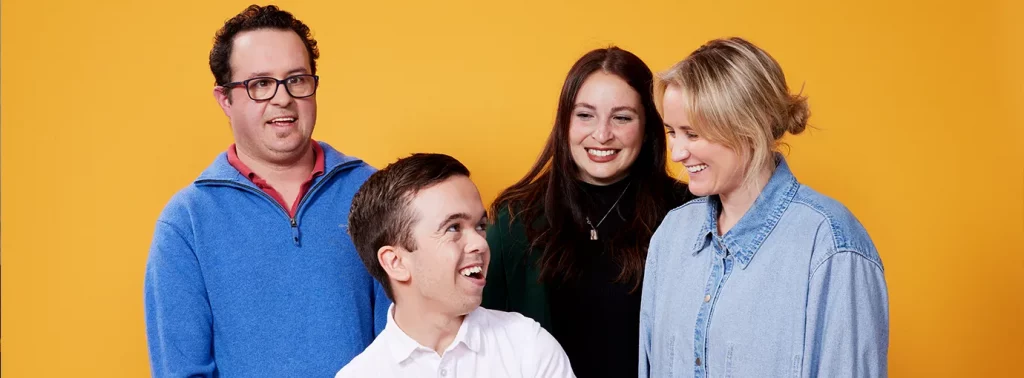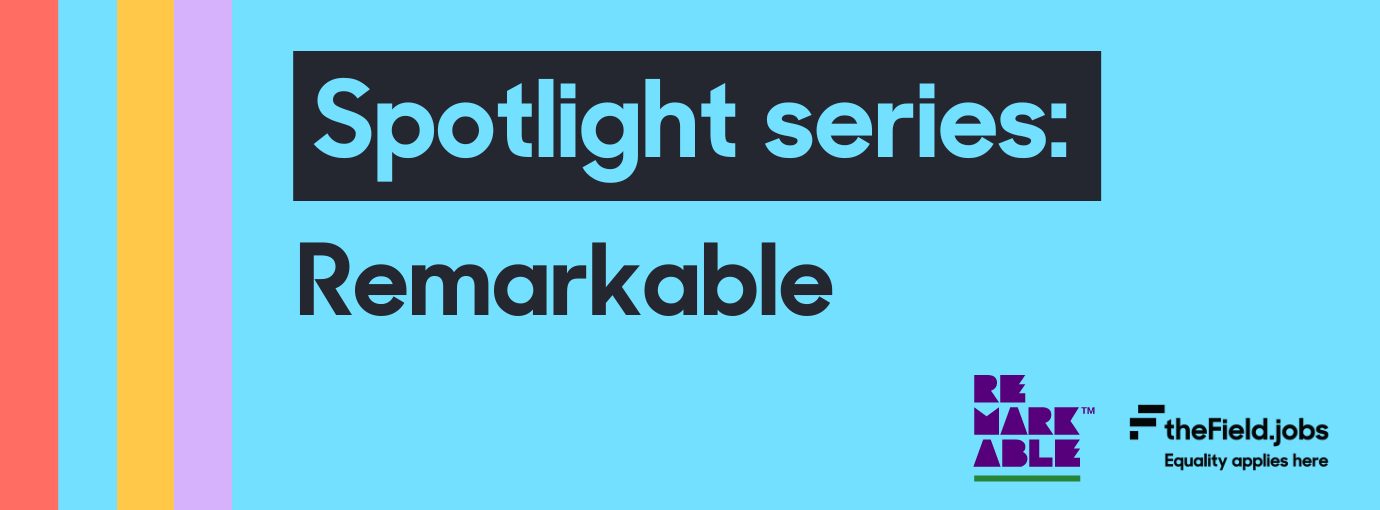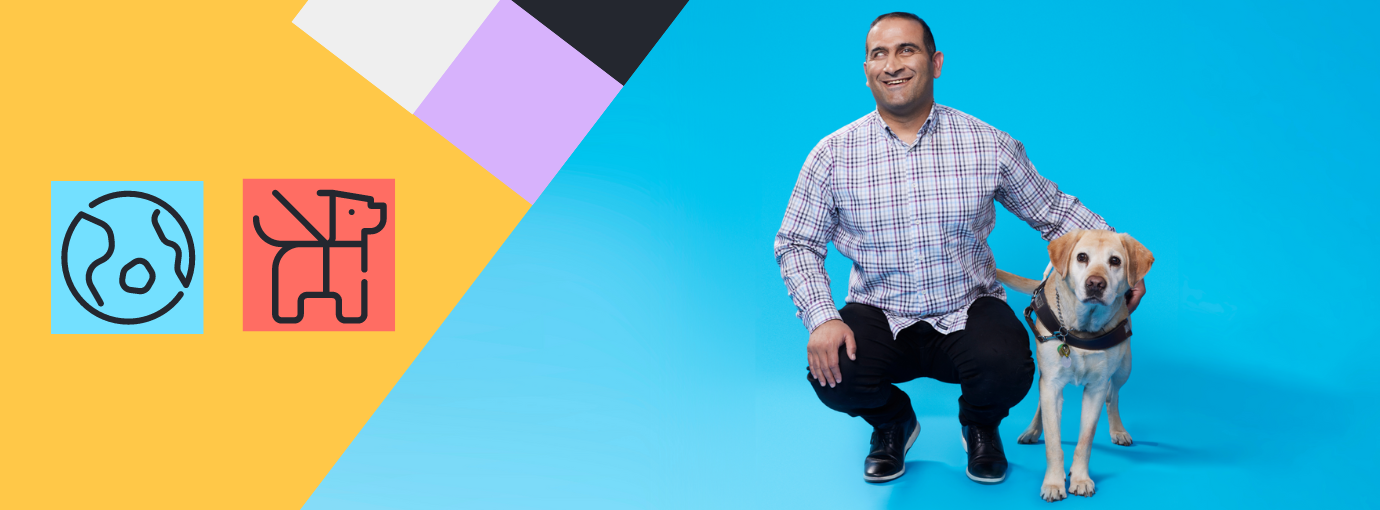If you’ve ever had a friend say “you can’t say that!”, then you might have been using language that was not inclusive. Language is constantly evolving, and people are more aware than ever that words can have wide ranging impacts on communities. Sometimes trying to use inclusive language can be tricky, particularly if you’re not sure where to begin, or don’t want to offend anyone accidentally. Ultimately it’s better to try and learn from any mistakes you make than not try at all. We have put together some key information about inclusive language to get you started.
What is inclusive language?
The Collins Dictionary defines inclusive language as “language that avoids the use of certain expressions or words that might be considered to exclude particular groups of people”. Inclusive language is identity first language that works against stereotypes and respects a persons sense of self, community and place in the world.
Why is inclusive language important?
People feel included
As the term suggests, the use of inclusive language helps to make sure everyone feels included. Being involved in something is more than just being there. It is being able to take part equally, with the same access to information and the same consideration. Even when you don’t identify as part of a group of people, using inclusive language helps to ensure that everyone can participate equally.
An example of this would be asking a person with disability whether they prefer person first or identity first language and then incorporating this into the language you use. For a person who is neurodiverse, you may ask if they are comfortable with sarcastic humour. If they are, you can use sarcasm and know they won’t feel like they’re left out of an inside joke.
It becomes the norm
It’s hard to picture that 20 years ago smartphones didn’t exist, but now we can’t live without them! Change takes time, but when everyone uses inclusive language, it becomes the norm. It’s no longer foreign to people, but something that is naturally integrated into every conversation. When it becomes the norm, it also helps to break down stereotypes and increase understanding.
An example of this is the evolution of many masculine words like “mankind”, into more gender neutral terms like “humankind”. “People with disability” is now much more widely accepted than “special needs” or “handicapped”.

It makes communication easier
Have you ever had that embarrassing moment where you’ve completely missed a joke because you didn’t know someone was being sarcastic? Inclusive language isn’t just what you say, it’s how you say it. Using inclusive language helps to put a stop to miscommunication and misunderstanding. Knowing how someone communicates and how they identify makes understanding one another much easier.
For example, for someone who is neurodiverse, it can be a challenge knowing when something is a joke or not. Make sure you’re not assuming people will automatically understand your intentions, even if they’re good. When communicating with someone with intellectual disability, use simple and clear language. Make sure you’re including the key information so everyone is on the same page.
Inclusive language is important to ensure that everyone understands the meaning and purpose behind what you’re saying.
It recognises people’s value
We all want to feel considered and respected, and people with disability are no different. Using inclusive language shows people that you appreciate people for who they are. It shows that you recognise someone’s value as an individual and as a member of a community. In the workplace, this can be equal access to information by making sure communication is accessible. For example, you could send the meeting topics out in advance for someone who is neurodiverse to work through in their own time. Or you could politely correct people who use non-inclusive language.
Another example would be using the term “person with disability” instead of “handicapped”. You are recognising that the person has disability, but that they also have a lot more to offer society beyond it; their disability is simply one part of them, not all of them.
No one is perfect and making mistakes is ok. People appreciate when you try and use inclusive language, even when it’s not always 100% correct. The most important thing is that you learn from your mistakes and respect people’s preferences.
How Can You Use Inclusive Language?
Everyone has different preferences when it comes to language. The best way of understanding how best to communicate with someone is to ask them. Asking someone how they prefer to communicate takes away the need to guess.
The Field also offers an Inclusive Language Tool that allows employers to check the language in their profiles, job posts and resources to make sure it’s the most inclusive it can be. You can also sign in to the Field to access the Disability Inclusive Communication workshop via the Learning hub.
Check out some more of our great blogs:




